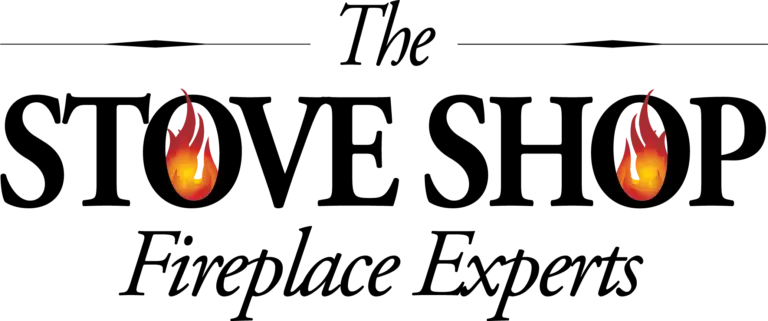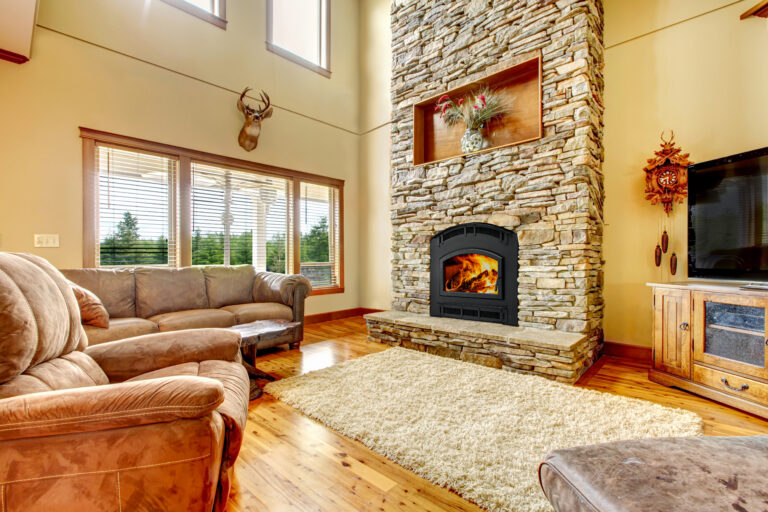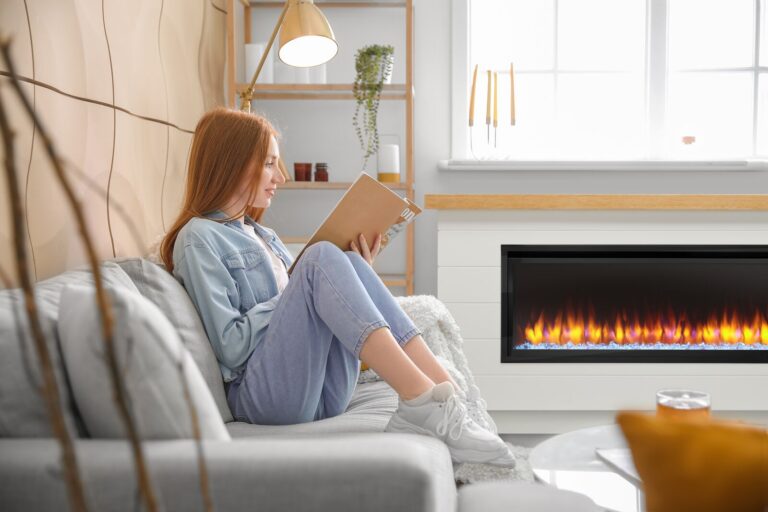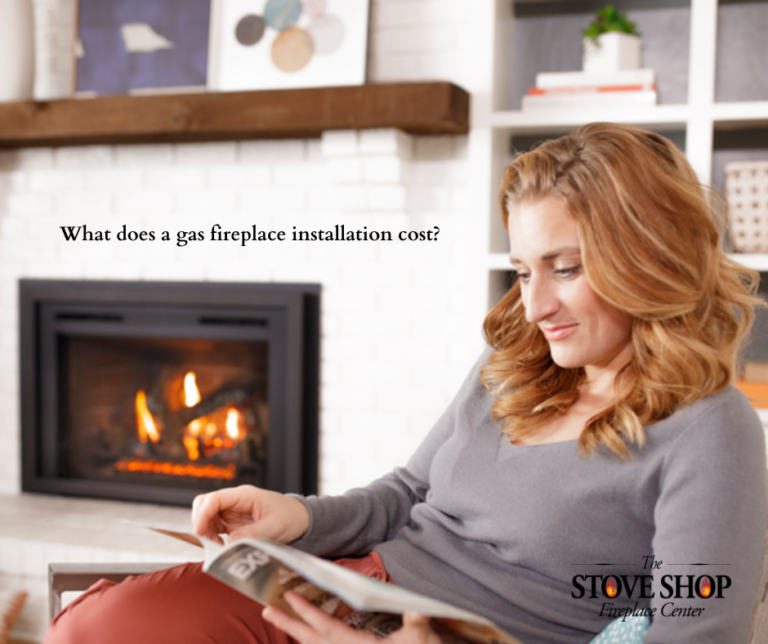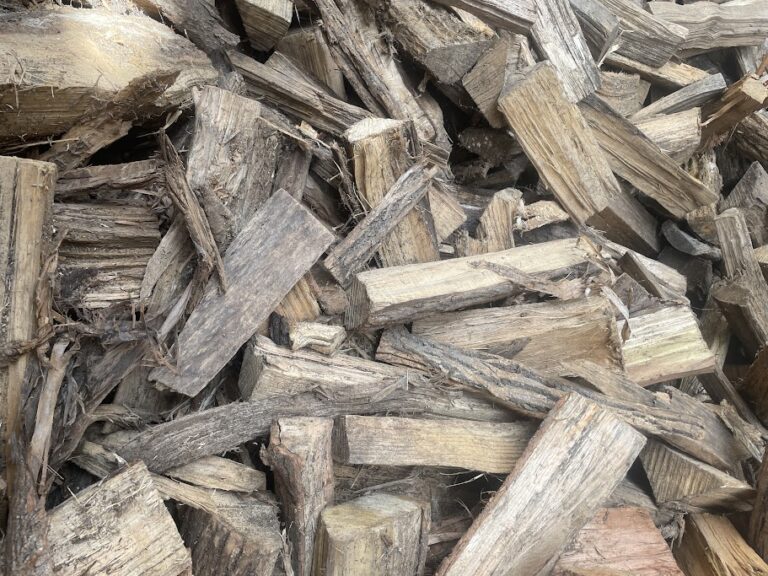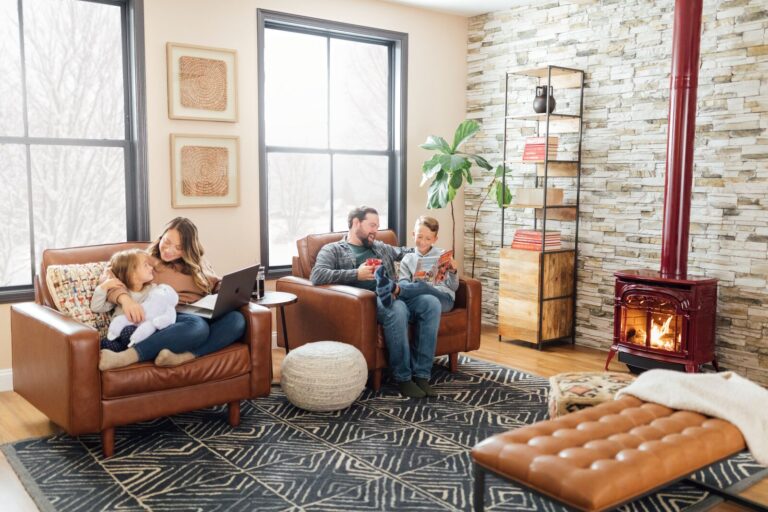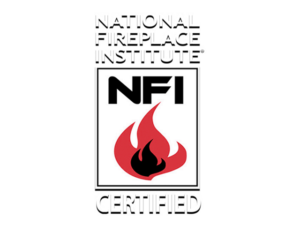Starting a wood stove fire effectively requires the right technique, materials, and safety precautions to maximize heat output, efficiency, and enjoyment. Here’s a step-by-step guide to help you start a fire safely and maintain it for optimal warmth.
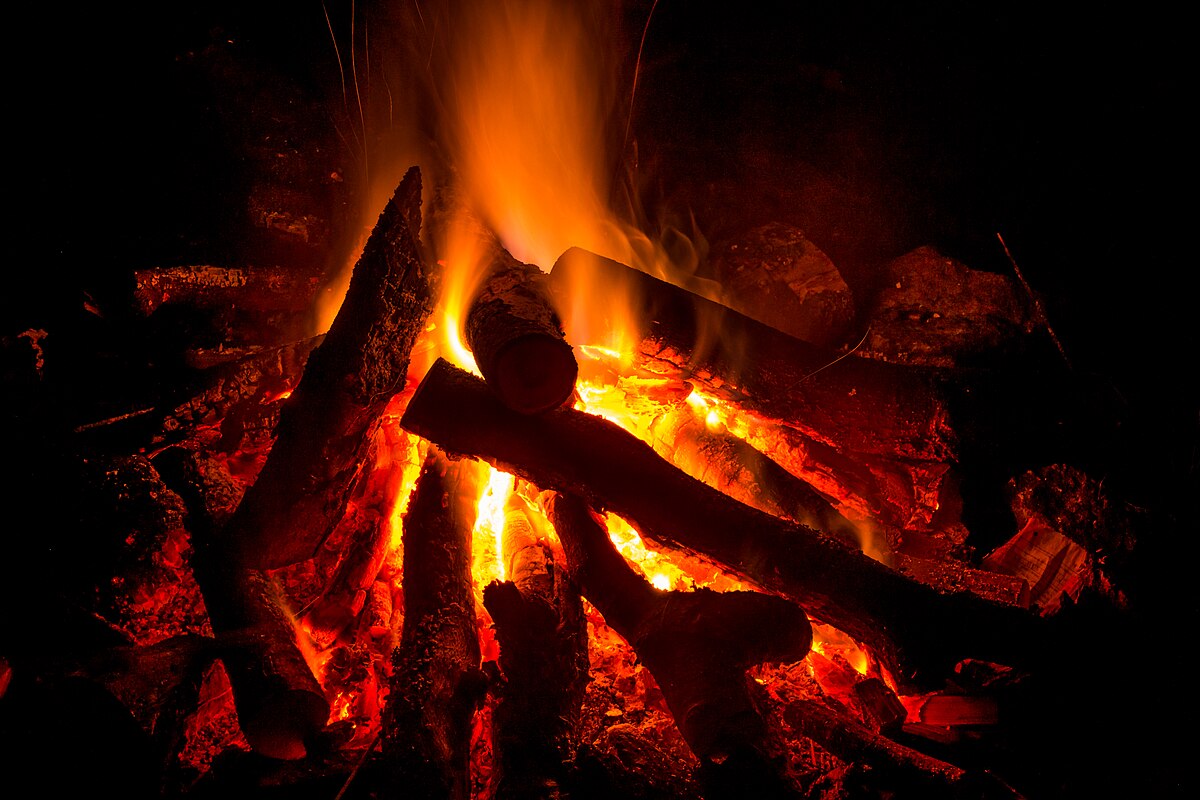
1. Preparation and Safety Precautions
Before lighting any fire, ensure that your stove and chimney are clean and in good condition. Regular maintenance prevents creosote buildup, which can lead to chimney fires. Always follow NFPA 211 guidelines for wood stove clearances, installations, and safety standards.
2. Gathering the Right Materials
To start an efficient and long-lasting fire, gather the following materials:
-
- Dry Seasoned Wood: For the best results, use hardwoods like oak or maple, which burn hotter and longer. The wood should have a moisture content of less than 20%, as wet wood reduces efficiency and increases creosote buildup.
-
- Kindling: Smaller sticks that ignite easily and help start larger logs.
-
- Fire Starter: Options include crumpled newspaper, natural firelighters, or other eco-friendly materials. Avoid using accelerants like gasoline, which can be dangerous.
3. Open the Air Vents
Proper airflow is crucial. Open all air vents to allow maximum oxygen flow. This helps the fire ignite faster and maintains efficient combustion.
4. Building the Fire: The Top-Down Method
The top-down method is highly effective and requires minimal adjustment once the fire is burning. Here’s how to set it up:
-
- Bottom Layer: Place the largest logs at the base of the firebox.
-
- Middle Layer: Stack medium-sized logs on top of the larger logs.
-
- Top Layer: Add kindling and fire starters on the top.
- Ignition: Light the fire starter at the top. As the flames move downward, they ignite the logs below. This method produces less smoke and requires less intervention to keep the fire going.
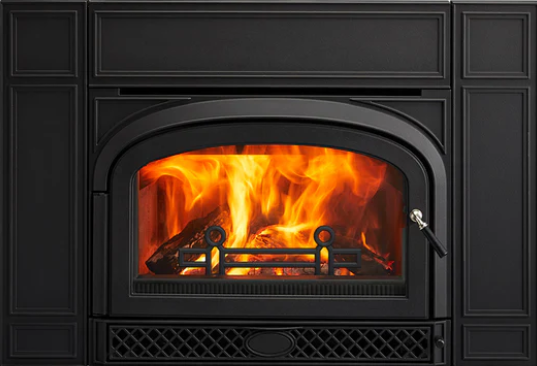
5. Igniting the Fire
Light the fire starter on the top layer. The heat generated will warm the stove and chimney quickly, establishing a strong draft. This improves the efficiency of your stove and reduces smoke.
6. Adjusting the Airflow
Once the fire is well-established (usually after 15–20 minutes), adjust the vents to control the burn rate:
-
- For Higher Heat: Open the vents to allow more oxygen, which increases the flame and heat output.
-
- For a Sustained Burn: Partially close the vents to slow down the burn, allowing the fire to last longer and produce steady heat.
7. Maintaining the Fire
For continuous heat, add more logs as needed, but avoid overloading the firebox. Stack logs with some space between them to allow air circulation. If your stove has a secondary burn system, ensure the airflow is sufficient to enable secondary combustion, which increases heat and reduces emissions.
8. Ash Management
Regularly remove excess ash to maintain airflow in the firebox. A bed of about 1 inch of ash can be beneficial for insulation, enhancing combustion.
9. Safety Reminders
-
- Never Leave the Stove Unattended: Especially during the first 30 minutes of ignition, monitor the fire to ensure it’s burning safely.
-
- Use Stove Thermometers: These help you maintain an ideal burning temperature, minimizing creosote buildup and enhancing efficiency.
-
- Install Smoke and Carbon Monoxide Detectors: Regular testing of these detectors is essential for a safe wood-burning environment.
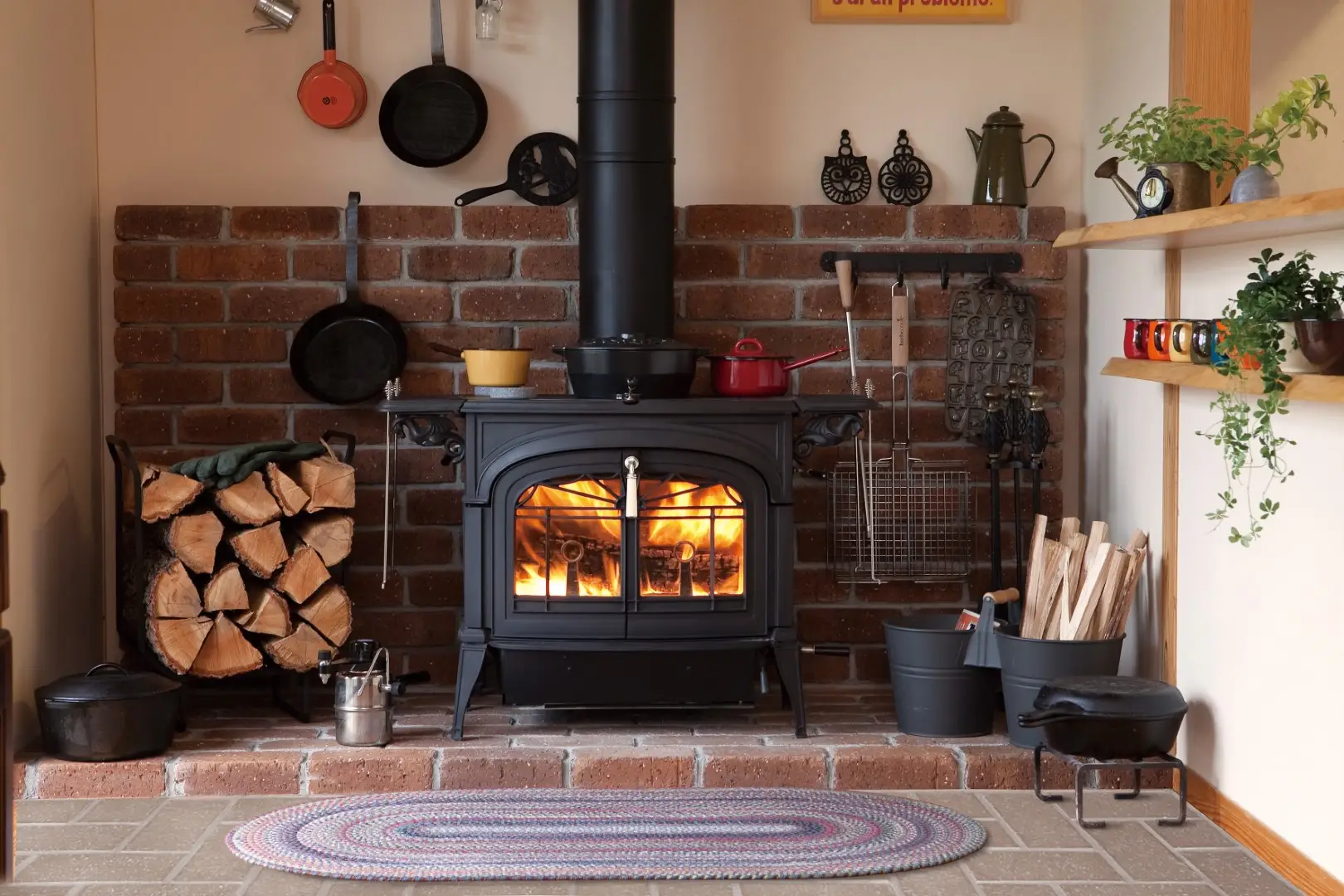
Benefits of the Top-Down Fire-Building Technique
The top-down approach is recommended for wood stoves as it:
-
- Reduces smoke production.
-
- Ensures a longer-lasting, more even burn.
-
- Requires less tending and adjustment during initial ignition.
By following these guidelines, you can enjoy a safe, warm, and efficient wood stove fire. Proper technique not only enhances heat output but also contributes to the longevity of your wood stove and chimney system.

